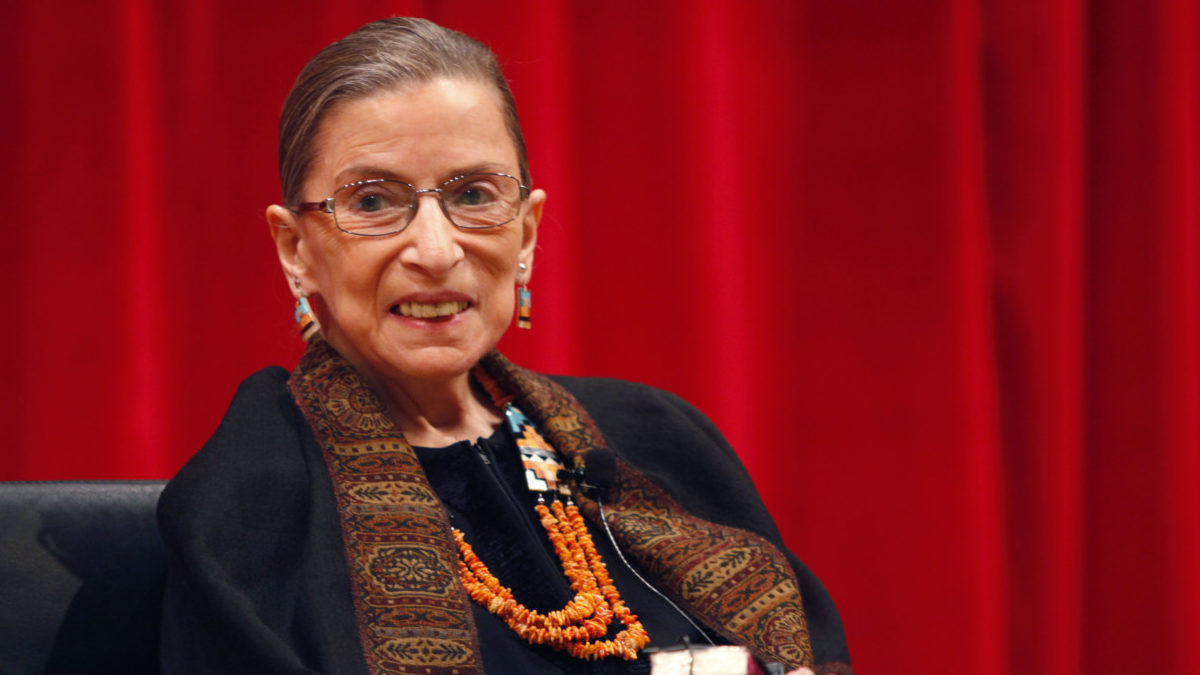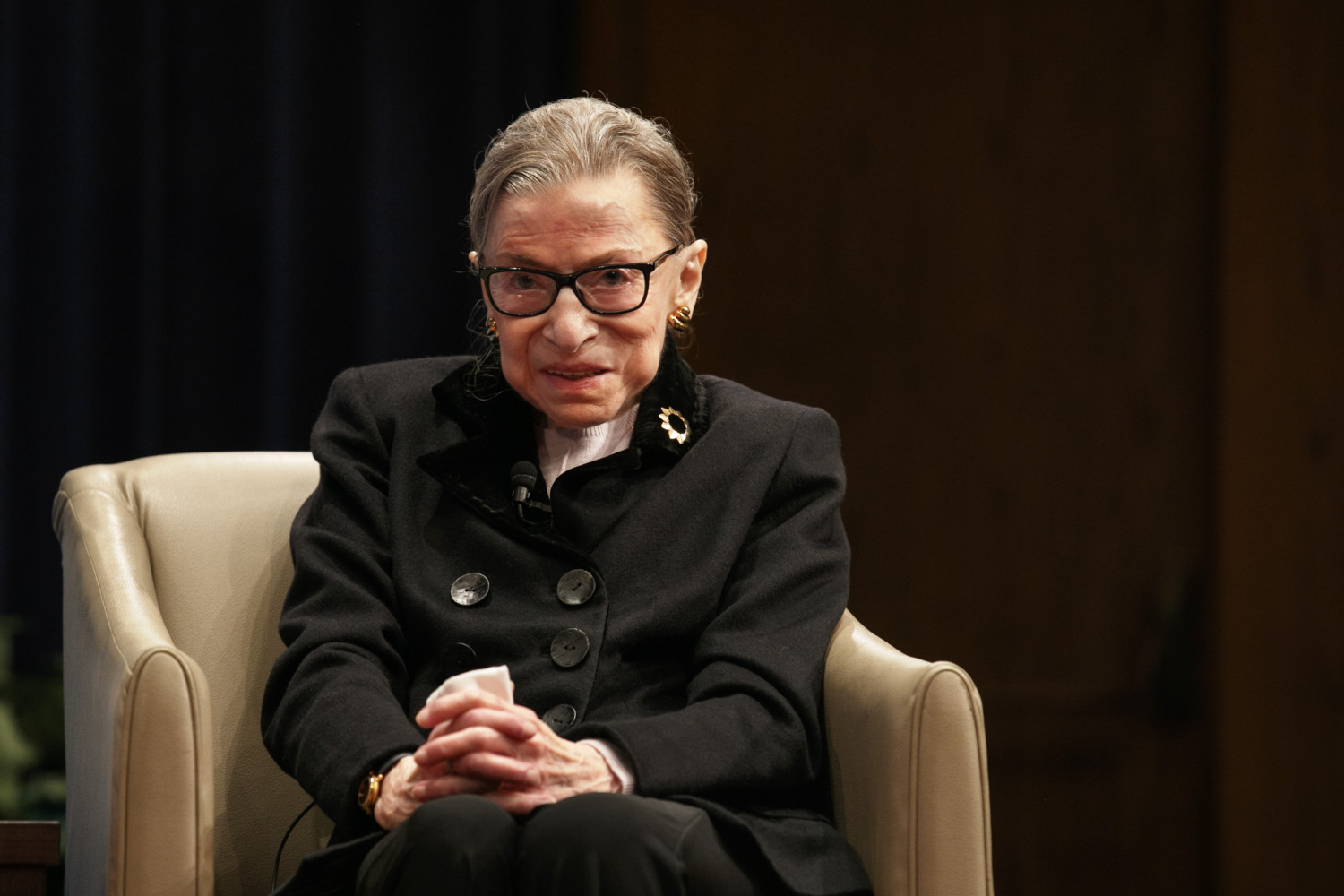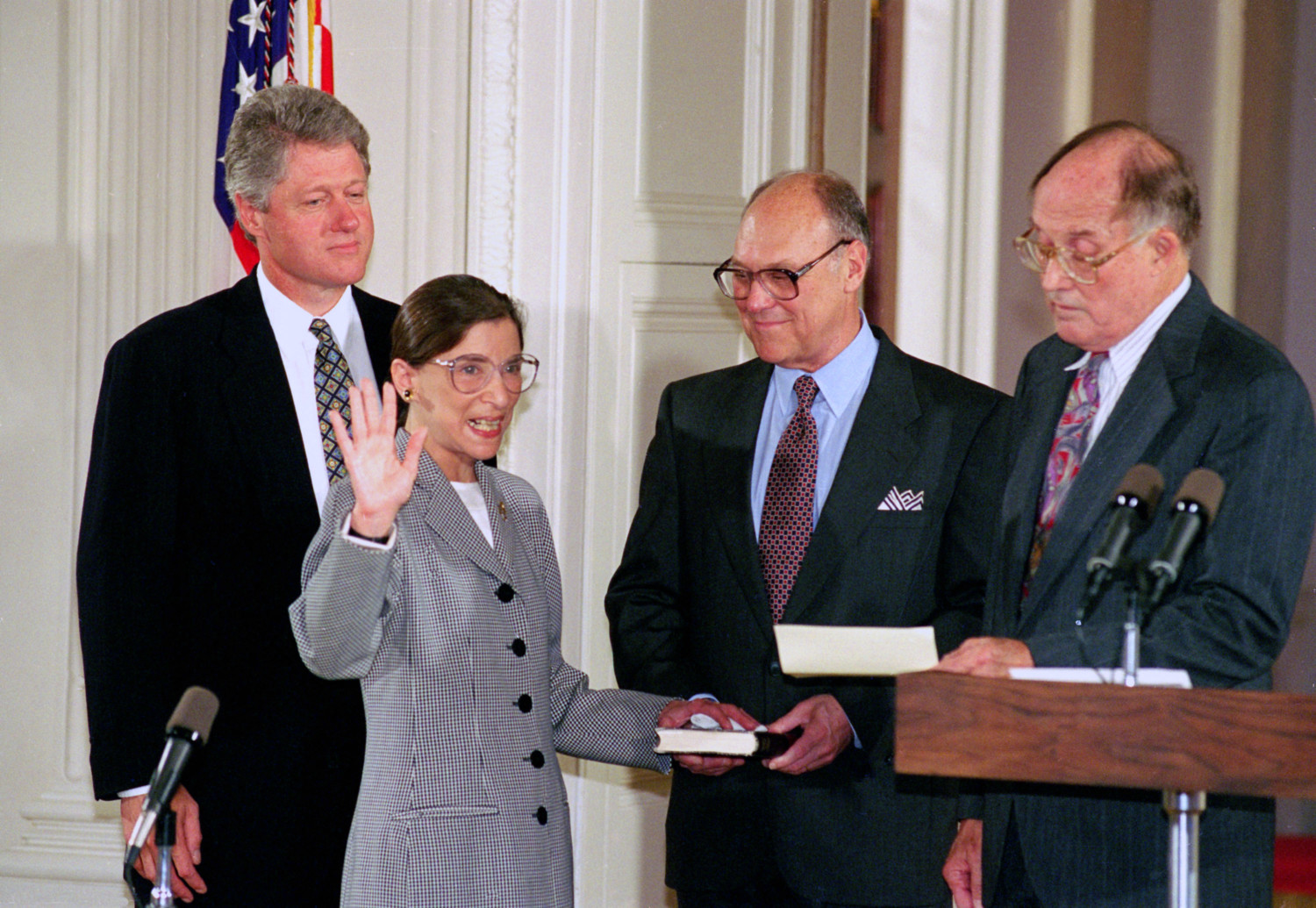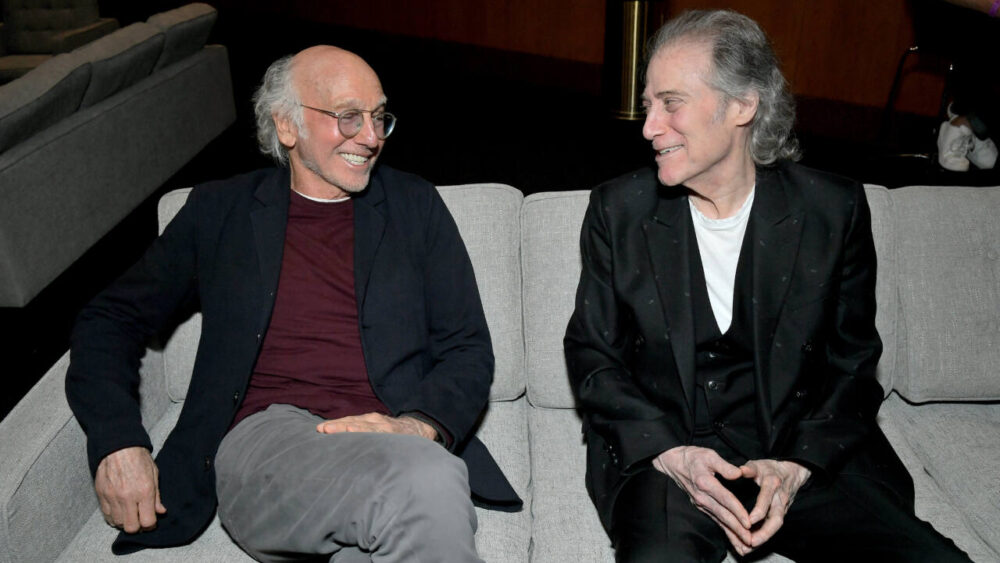Ruth Bader Ginsburg will be honored with a statue in her hometown of Brooklyn
A statue honoring the late Supreme Court Justice Ruth Bader Ginsburg will be built in her hometown of Brooklyn.
New York State Gov. Andrew Cuomo made the announcement on Sept. 19, just one day after Justice Ginsburg died from complications due to pancreatic cancer at the age of 87.
Cuomo said he would appoint a commission to select an artist and determine a selection process for the statue to honor Ginsburg, who served on the Supreme Court for 27 years.
“While the family of New York mourns Justice Ginsburg’s death, we remember proudly that she started her incredible journey right here in Brooklyn,” he said in a statement. “Her legacy will live on in the progress she created for our society, and this statue will serve as a physical reminder of her many contributions to the America we know today and as an inspiration for those who will continue to build on her immense body of work for generations to come.”
The governor also ordered state landmarks, including One World Trade Center and the Kosciuszko Bridge, to be lit in Ginsburg’s favorite color, blue, on the night of Sept. 19.
To honor Justice Ginsburg, landmarks throughout NY were lit blue last night, the color of justice and #RBG’s favorite color. Her extraordinary legacy is celebrated. pic.twitter.com/BL5tUTANZj
— Archive: Governor Andrew Cuomo (@NYGovCuomo) September 20, 2020
Ginsburg was born in Brooklyn in 1933. She attended public schools and eventually earned a full scholarship to Cornell University. After marrying her husband, Martin Ginsburg, who was known as Marty, she fought her way into Harvard Law School as one of only nine women in her class. She transferred to Columbia University’s law school for her final year when Marty, who was a year ahead of her in law school at Harvard, got a job at a law firm in New York.
As an attorney, Ginsburg championed women’s rights and took on cases to defend them. In 1971 she argued in front of the U.S. Supreme Court that the 14th amendment of the U.S. Constitution applied to women as well as ethnic minorities.
“The words of the 14th Amendment’s equal protection clause — ‘nor shall any state deny to any person the equal protection of the laws.’ Well that word, ‘any person,’ covers women as well as men. And the Supreme Court woke up to that reality in 1971,” Ginsburg told NPR in an interview.
President Jimmy Carter named Ginsburg to the U.S. Court of Appeals for the District of Columbia Circuit in 1980. Ginsburg’s continued hard work and judicial record continued to earn her praise and eventually, in 1993, President Bill Clinton nominated her to the Supreme Court as the second woman on the bench after Justice Sandra Day O’Connor.
Justice Ginsburg’s body will lie in repose at the Supreme Court starting Sept. 23. After an outdoor viewing for the public on the court’s steps, she will also lie in state at the Capitol — the first woman in U.S. history to be honored in this way. (Rosa Parks was lain in “honor,” not in state, at the Capitol Rotunda in 2005.)
Private services for the family will be held afterward, and Ginsburg will be buried next to Marty, who died in 2010, in Arlington National Cemetery.








